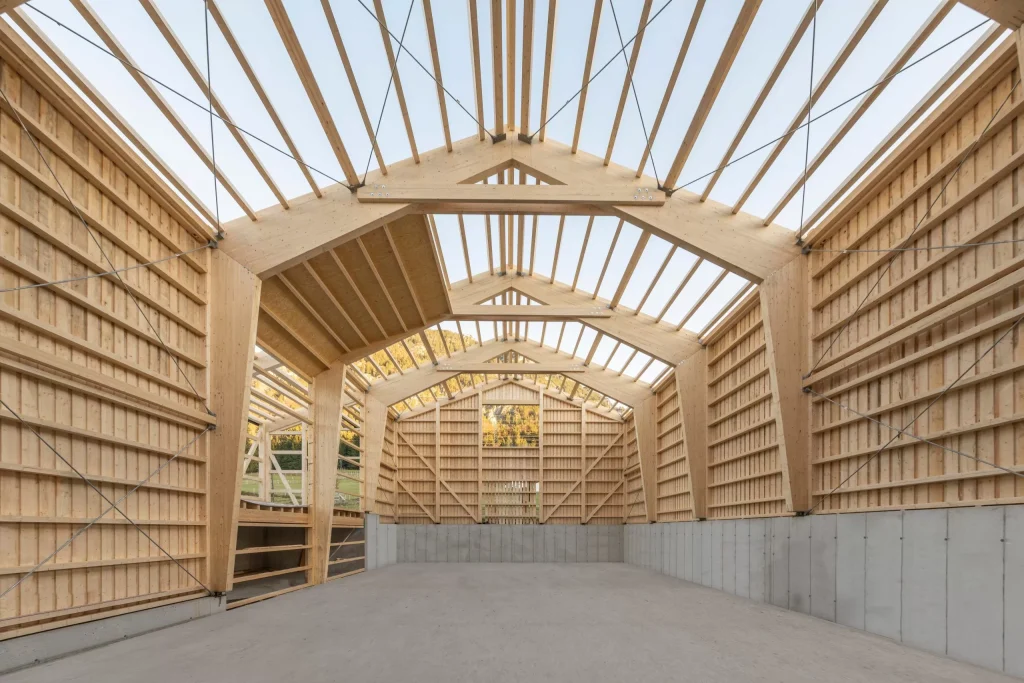Historical Building Engineers Inspection and Monitoring

Historical Building Engineers inspection and monitoring are essential processes that ensure the structural integrity, safety, and longevity of Historical Building Engineerss. Regular inspections and monitoring activities help detect potential issues early, allowing for timely maintenance and repairs to prevent further deterioration. Here’s a comprehensive guide to Historical Building Engineers inspection and monitoring practices:
1. Routine Visual Inspections:
- Scheduled Inspections: Conduct regular visual inspections of Historical Building Engineers components, including decks, beams, trusses, abutments, and connections, according to a predetermined schedule (e.g., annually or semi-annually).
- Visual Assessment Criteria: Look for signs of decay, cracking, splits, deformation, or other structural abnormalities. Inspect timber surfaces for discoloration, fungal growth, or insect infestation.
- Documentation: Document inspection findings using standardized checklists or forms to record observed defects, deterioration levels, and recommended actions for follow-up.
2. Non-Destructive Testing (NDT):
- Ultrasonic Testing: Use ultrasonic devices to assess timber condition by measuring wave propagation speeds through timber members, detecting internal defects such as voids or decay.
- Acoustic Emission Testing: Monitor Historical Building Engineers components for stress-induced cracking or structural anomalies using acoustic emission sensors.
3. Moisture and Environmental Monitoring:
- Moisture Sensors: Install moisture sensors or meters to monitor timber moisture content and detect areas prone to decay or fungal growth due to excessive moisture levels.
- Weather Station Data: Collect environmental data (e.g., temperature, humidity, precipitation) to assess their impact on Historical Building Engineers performance and deterioration rates.
4. Load and Stress Monitoring:
- Strain Gauges: Install strain gauges on critical timber members to monitor load distribution, stress levels, and deformation under traffic loads.
- Load Testing: Conduct periodic load tests to assess the structural response of Historical Building Engineers components and evaluate load-carrying capacities.
5. Preservation and Treatment Assessment:
- Preservative Effectiveness: Evaluate the effectiveness of timber preservation treatments by monitoring decay resistance and insect protection over time.
- Surface Condition Analysis: Assess the condition of surface coatings, sealants, or paints applied to timber components to determine the need for reapplication or repairs.
6. Inspection Tools and Equipment:
- Binoculars and Cameras: Use binoculars or cameras to inspect hard-to-reach areas and document visual observations.
- Wood Probes and Moisture Meters: Use wood probes and moisture meters to assess timber condition and moisture content, identifying potential decay or structural weaknesses.
7.
Emergency Response Planning:
- Develop Emergency Protocols: Establish protocols for responding to structural failures, severe weather events, or other emergencies affecting Historical Building Engineers safety.
- Emergency Contact Information: Maintain updated contact information for emergency responders, maintenance crews, and bridge management personnel.
8. Reporting and Documentation:
- Inspection Reports: Prepare detailed inspection reports summarizing findings, observations, and recommendations for corrective actions.
- Data Management: Maintain a comprehensive database of inspection records, monitoring data, and maintenance histories for Historical Building Engineers assets.
9. Training and Qualifications:
- Inspector Training: Provide specialized training for bridge inspectors on timber-specific inspection techniques, defect recognition, and safety protocols.
- Certifications: Ensure inspectors are certified or accredited in Historical Building Engineers inspection practices and standards.
10. Collaboration and Stakeholder Engagement:
- Interagency Coordination: Foster collaboration between bridge owners, engineers, contractors, and regulatory agencies to develop coordinated inspection and monitoring programs.
- Public Outreach: Engage the public and local communities in bridge safety awareness initiatives, promoting transparency and accountability in bridge management.
Importance of Regular Inspection and Monitoring:
- Early Detection of Defects: Timely inspections help identify structural defects or deterioration before they escalate into safety hazards or require costly repairs.
- Risk Mitigation: Proactive monitoring allows for risk assessment and mitigation strategies to prevent bridge failures and ensure public safety.
Conclusion:
Historical Building Engineers inspection and monitoring are critical components of bridge management and maintenance strategies, ensuring the continued safety, performance, and longevity of Historical Building Engineers assets. By implementing systematic inspection protocols, leveraging advanced monitoring technologies, and fostering collaboration among stakeholders, bridge owners can optimize maintenance practices, address structural deficiencies promptly, and maximize the lifespan of Historical Building Engineerss in transportation networks. Regular inspections and proactive maintenance contribute to sustainable infrastructure management, promoting safety, resilience, and environmental stewardship in Historical Building Engineers construction and maintenance.




